Ford F250 King Ranch Review
I'm not a cowboy, farmer or gardener. I don't build or repair things. I don't own a motorcycle, skimobile, ATV or boat. If I buy something too big to fit in my SUV, I have it delivered. In other words, I'm not a pickup truck kinda guy. But when my local paper's editor asked me— a writer who considers a triple digit sprint down a German autobahn a religious event— to review a truck, I went and got me a truck: Ford's F250 "King Ranch".
I chose it for the name. Texas' privately held King Ranch is larger than my home state of Rhode Island. And so is the King Ranch pickup truck. Obviously, this four-door Super Duty variant doesn't occupy 1300 square miles of real estate. It just looks that way. Parked on a driveway, its roof clearance lights glinting somewhere in the stratosphere, the King Ranch makes an average-sized American house look puny. It's the automotive equivalent of that endlessly annoying punch line, "Everything's bigger in Texas!"
Step onto the lighted cab step, hoist yourself aboard the blue collar behemoth and you'll find yourself sitting at least a head taller than any SUV driver save a Hummerista. In terms of billeting, the Crew Cab King Ranch outflanks GM's military fugitive by a decisive margin. The big Ford's cabin can comfortably carry five clinically obese passengers, with sufficient floor space for two days' fast food rations. As long as you don't mind exposing your luggage, groceries, pram, liquor cases, etc. to the elements, or shelling out a small fortune for a protective cargo liner and lid, you couldn't ask for more accommodating accommodation.
The King Ranch's captain's chairs and rear bench justify its thematic surcharge. They're swathed in pre-distressed brown saddle leather, complete with saddlebags behind the front chairs. The OTT style suits the big rig's demeanor like a Stetson on John Wayne. Whether or not you'd be happy paying an additional $2995 to create a link between your pickup truck and a horse is an entirely private matter.
Once you've got the checkbook out, you might want to pony-up another $5085 and stick a "Power Stroke" V8 turbo-diesel into the engine bay. I suppose that depends on how much you enjoy the sound of earth moving equipment at full chat. As a former British resident alien, I've driven some of the world's most refined diesels. This ain't one of them. Still, you can't argue with 560ft. lbs. of torque– at least not with that racket in your ears. The King Ranch's six-liter power plant may only stump up 325 horses, but it's enough grunt to propel the 6270lb truck (short wheel base, 4X4, unladen, no speedboat) to 60mph in about eight seconds.
Putting that power to work in an urban environment is not for the faint of heart or short of sight. Turning this beast at an intersection requires all the patience, nerve and skill of a seasoned bus driver. Parking is equally daunting. A long wheel base King Ranch stretches 21'8" from nose to tail. The legal length of an American parking spot is 20' to 22'. To leave the King Ranch in a parking lot, you have to swing wide and start turning (and turning and turning and turning) a good 40 yards before entering your space– and it still doesn't go in straight. When you're finally finished maneuvering, the back end sticks out a country mile.
Driving the King Ranch on an open road presents a fresh set of challenges. You have to keep a constant vigil on the fish-eyed lower section of the truck's gigantic side mirrors; you could hide a King Ranch in the King Ranch's blind spot. As for handling, let's just say that the pickup's leaf spring rear suspension dates back to the horse and buggy. I reckon anyone foolish enough to fling a King Ranch around a corner should have the federally-mandated pictogram of a truck driving on its two left wheels tattooed on their forehead. Luckily, the truck's four-wheel disc brakes can haul you back to safety long before you encounter anything as dangerous as a bend.
Lucky for you, and everyone else. Like all full-size pickups, the King Ranch's titanic mass and ladder frame construction put it at the top of the list marked "vehicles car drivers don't want to be hit by". Given the increasing popularity of full-size pickups in this country, their lethality and inherent tendency to roll over like a submissive puppy, the genre's exemption from US passenger car safety standards is absurd. Still, if you're an American cowboy fantasist with a lot of stuff who drives sensibly and laughs (laconically) in the face of danger, the King Ranch and its ilk are a practical, choice. Just one piece of advice: move to Texas.
More by Robert Farago
Latest Car Reviews
Read moreLatest Product Reviews
Read moreRecent Comments
- Jalop1991 In a manner similar to PHEV being the correct answer, I declare RPVs to be the correct answer here.We're doing it with certain aircraft; why not with cars on the ground, using hardware and tools like Telsa's "FSD" or GM's "SuperCruise" as the base?Take the local Uber driver out of the car, and put him in a professional centralized environment from where he drives me around. The system and the individual car can have awareness as well as gates, but he's responsible for the driving.Put the tech into my car, and let me buy it as needed. I need someone else to drive me home; hit the button and voila, I've hired a driver for the moment. I don't want to drive 11 hours to my vacation spot; hire the remote pilot for that. When I get there, I have my car and he's still at his normal location, piloting cars for other people.The system would allow for driver rest period, like what's required for truckers, so I might end up with multiple people driving me to the coast. I don't care. And they don't have to be physically with me, therefore they can be way cheaper.Charge taxi-type per-mile rates. For long drives, offer per-trip rates. Offer subscriptions, including miles/hours. Whatever.(And for grins, dress the remote pilots all as Johnnie.)Start this out with big rigs. Take the trucker away from the long haul driving, and let him be there for emergencies and the short haul parts of the trip.And in a manner similar to PHEVs being discredited, I fully expect to be razzed for this brilliant idea (not unlike how Alan Kay wasn't recognized until many many years later for his Dynabook vision).
- B-BodyBuick84 Not afraid of AV's as I highly doubt they will ever be %100 viable for our roads. Stop-and-go downtown city or rush hour highway traffic? I can see that, but otherwise there's simply too many variables. Bad weather conditions, faded road lines or markings, reflective surfaces with glare, etc. There's also the issue of cultural norms. About a decade ago there was actually an online test called 'The Morality Machine' one could do online where you were in control of an AV and choose what action to take when a crash was inevitable. I think something like 2.5 million people across the world participated? For example, do you hit and most likely kill the elderly couple strolling across the crosswalk or crash the vehicle into a cement barrier and almost certainly cause the death of the vehicle occupants? What if it's a parent and child? In N. America 98% of people choose to hit the elderly couple and save themselves while in Asia, the exact opposite happened where 98% choose to hit the parent and child. Why? Cultural differences. Asia puts a lot of emphasis on respecting their elderly while N. America has a culture of 'save/ protect the children'. Are these AV's going to respect that culture? Is a VW Jetta or Buick Envision AV going to have different programming depending on whether it's sold in Canada or Taiwan? how's that going to effect legislation and legal battles when a crash inevitibly does happen? These are the true barriers to mass AV adoption, and in the 10 years since that test came out, there has been zero answers or progress on this matter. So no, I'm not afraid of AV's simply because with the exception of a few specific situations, most avenues are going to prove to be a dead-end for automakers.
- Mike Bradley Autonomous cars were developed in Silicon Valley. For new products there, the standard business plan is to put a barely-functioning product on the market right away and wait for the early-adopter customers to find the flaws. That's exactly what's happened. Detroit's plan is pretty much the opposite, but Detroit isn't developing this product. That's why dealers, for instance, haven't been trained in the cars.
- Dartman https://apnews.com/article/artificial-intelligence-fighter-jets-air-force-6a1100c96a73ca9b7f41cbd6a2753fdaAutonomous/Ai is here now. The question is implementation and acceptance.
- FreedMike If Dodge were smart - and I don't think they are - they'd spend their money refreshing and reworking the Durango (which I think is entering model year 3,221), versus going down the same "stuff 'em full of motor and give 'em cool new paint options" path. That's the approach they used with the Charger and Challenger, and both those models are dead. The Durango is still a strong product in a strong market; why not keep it fresher?




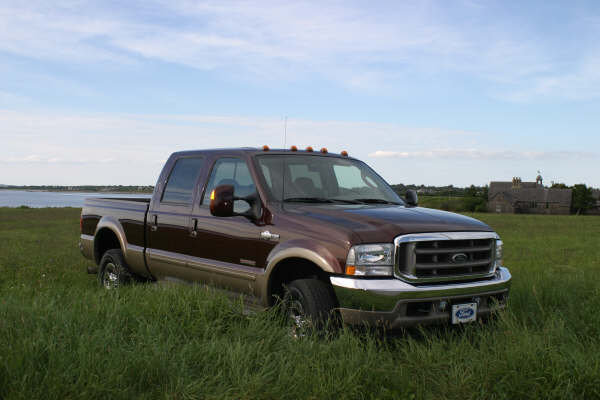
















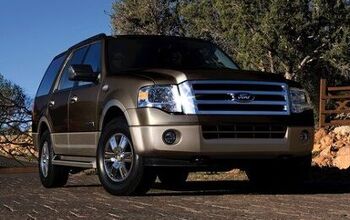
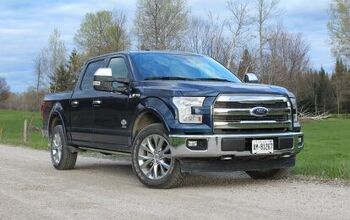
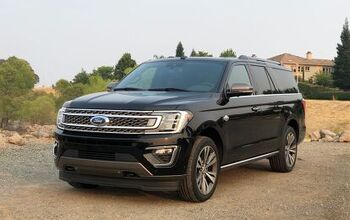
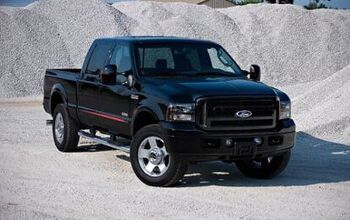










Comments
Join the conversation